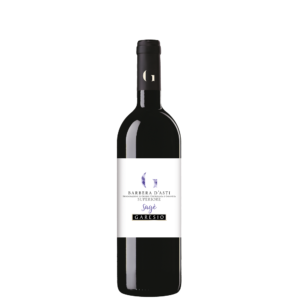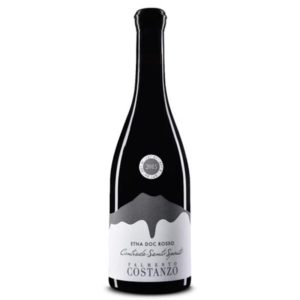Santa Tresa, starting from 2001, cultivates indigenous clones of Frappato, Nero d’Avola and Grillo, which are very typical of the region. Frappato is an excellent indigenous variety from Vittoria, Grillo originates from western Sicily, while Nero d’Avola comes from Avola, a small town a few kilometers from Vittoria.
At Santa Tresa they also cultivate non-indigenous grape varieties rarely found in Sicily, such as Viognier from France, which has found ideal growing conditions there. They have also an experimental vineyard, which is completely organically cultivated and dedicated to rediscovering indigenous, traditional vines by their bio-types.
They have recently invested in connecting directly with a local reservoir and only use natural rainwater for our irrigation, without using wells, or taking water out of the soil.
Winemaking: HARVEST: Hand-pick each grape variety separately when the grapes are at the peak of maturity – the Nero d’Avola around the middle of September and the Frappato at the end of September. The grapes are very carefully put into small containers of 15kg. VINIFICATION: after a very gentle destemming, the Nero d’Avola grapes are fermented in 30hl Slavonian oak botti, at about 18-24°C. The number of delestages and remontages is decided by tasting. Once fermentation is completed, the juice remains on its skins for around 15 days. After it has been separated from the skins, it is put back into oak botti, where malolactic fermentation occurs naturally. The Frappato is fermented in stainless steel tanks at a temperature of 18-20°C, cooler than for the Nero d’Avola in order to retain the fruity notes. After fermentation, the juice is left on the skins for 8-10 days, after which malolactic fermentation takes place. AGEING: once the malolactic fermentation is completed, the wines are blended together to create the new Cerasuolo, the majority of which is aged in oak botti of between 30-60hl, with around 15% being aged in French oak barriques. Oak ageing lasts around one year.
Organoleptic Characteristics
- Colour: Ruby red.
- Nose and flavour: On the nose, there are notes of morello cherries, and caramel. The palate is mouth-filling, with excellent structure, soft tannins and a long finish.
Suggestions
- Serving Temperature and Food Matching Serving temperature: 18-20°C.
- Recommended with: A very versatile wine, it goes well with light meat dishes, tuna and baked fish.




